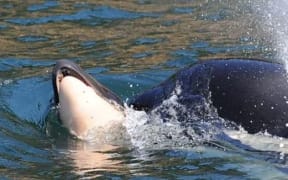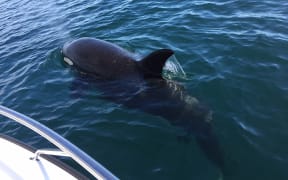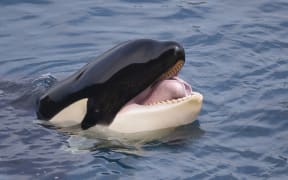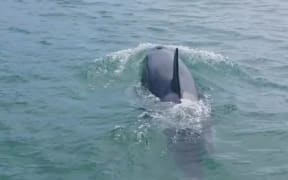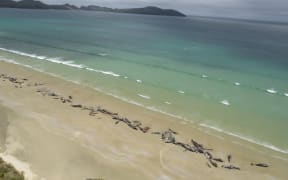A killer whale, who certainly wasn't camera shy has confirmed the mammals do in fact eat toothfish and in the process helped protect its home.
Footage of a Type-C killer whale has been captured in a Marine Protected Area (MPA) in the Ross Sea bumping into the camera before spitting out the tail of a toothfish.
Antarctic scientist, Canterbury University's Dr Regina Eisert said the bump was no accident.
"They're very spatially aware, that was totally deliberate," she said.
Dr Eisert, through Antarctica New Zealand and the Pew Charitable Trust, has been studying Type-C killer whales to improve our understanding of their population size, where they live and what they eat.
Until now there had been very little scientific evidence the marine mammals ate the fish.
Last year in #Antarctica : the same teenage #killerwhale and his mates. Blowing bubbles at my camera. So naughty ♡@AntarcticaNZ #RossSea @pewenvironment @UNEnvironment pic.twitter.com/DcheMlnDvK
— Regina Eisert (@TPAonIce) February 20, 2019
"It was really special, the only way I can describe it is like when a cat offers you a mouse," she said.
The footage is particularly important as the area needs to meet certain criteria to remain protected.
"CCAMLR, which is the overseeing body, has laid down a list of 11 objectives for what the MPA is for and is trying to achieve and then people are supposed to do science to show that is actually the case.
"The science is renewed after five years, and after 35 years all the CCAMLR members have to agree to keep the MPA, so the clock is ticking," she said.
Last year a group of teenage killer whales were also happy to greet the cameras.
"I'm pretty sure that animal in this year's video is one of those animals," she said.

